Staying Fit

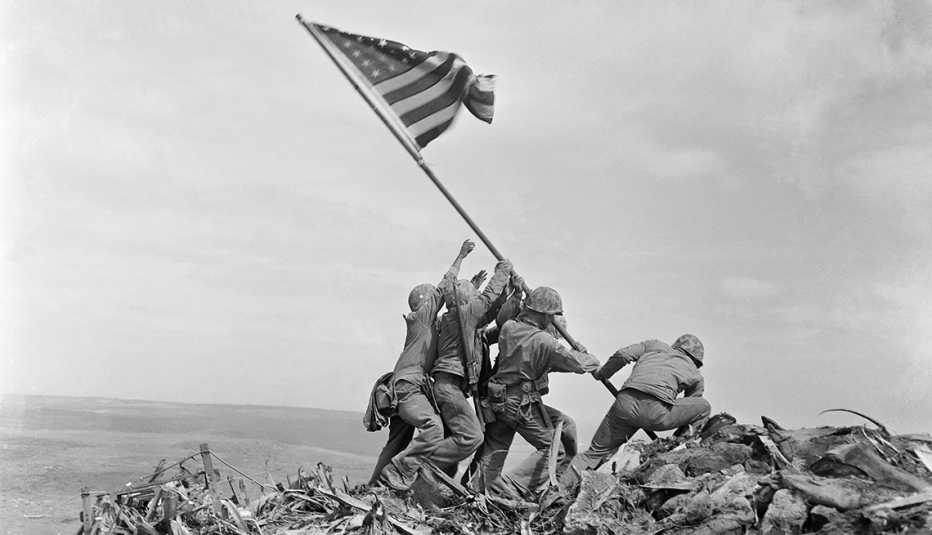
World War II ended three-quarters of a century ago — in May for the war in Europe and in August for the Pacific. The generation that lived through those memorable events is fast fading from the scene. Only about 2 percent of the men and women who served in the American armed forces from 1941 to 1945 are still alive.
But there are some who can still describe thrilling, iconic moments — a man who is the only surviving witness of the German surrender signing, another who saw the raised flag on Iwo Jima, yet another who worked on the Enola Gay, the B-29 airplane that delivered the first atomic bomb and hastened the war's end. And children whose mothers were the women in the legendary Rosie the Riveter posters and photos also remember.


AARP Membership— $12 for your first year when you sign up for Automatic Renewal
Get instant access to members-only products and hundreds of discounts, a free second membership, and a subscription to AARP the Magazine.
Here are stories about some of the most unforgettable moments of World War II.
I saw the raised flag on Iwo Jima
Hershel “Woody” Williams was a 21-year-old U.S. Marine training on the island of Guam and preparing to invade Japan when he heard that the atomic bombs had been dropped and that the war was finally over. He says there is only one word to describe how he felt: exhilaration. “We sort of went crazy. We all had weapons and we had ammunition in the camp, and so most of us ran out of tents and started shooting into the air, running around like a bunch of idiots.”
For Williams, it was like being released from a death sentence he had lived under since earlier that year, when he'd experienced the horrors of the battle on Iwo Jima.


"It's not possible to describe the hell of Iwo Jima,” says the 96-year-old Williams, the last living Medal of Honor recipient from World War II in the Pacific. “It's like trying to explain how a mother feels when she is giving birth. Unless you've been through it, there's no way you can adequately understand it.”
On Feb. 23, 1945, as a corporal in the 3rd Marine Division, Williams destroyed several Japanese positions using a flamethrower, repeatedly risking his life as young riflemen around him were slaughtered in one of the bloodiest battles of the war. That same February day, from afar, he saw the Stars and Stripes fluttering atop Mount Suribachi — the flag had first been raised that morning.
Williams says he endured the horror of battle, thanks to superb training and, he stresses, because he had an unshakable belief that he would make it off the volcanic island in one piece. “I never let myself think I was not going to survive. You have to keep convincing yourself you'll make it. I heard Marines say, ‘I'm not going to make it,’ and they didn't.”
Williams was wounded by shrapnel and received a Purple Heart. Almost 7,000 Americans were killed and 20,000 others wounded by the time the battle ended.
Williams received the Medal of Honor from President Harry S. Truman at the White House in October 1945 and was honorably discharged from the Marines a few weeks later. For many years he struggled to overcome post-traumatic stress disorder. It was not until he recommitted himself to Christianity that he began to recover. He went on to serve for 35 years as the chaplain of the Congressional Medal of Honor Society.
Most days, the war feels very distant to him. “I have attempted to wipe from my mind the bad things that took place.” But sometimes it all comes surging back. One memory in particular cannot be erased — the faces of two young Marines fighting beside him that fateful Feb. 23. “I didn't even know them. They sacrificed themselves for me. I have asked the same question thousands of times in my life: ‘Why me?’ Why was I selected to be the person to receive the Medal of Honor, to have all the accolades, when they gave all they had — their lives?”
It's not possible to describe the hell of Iwo Jima. It's like trying to explain how a mother feels when she is giving birth. Unless you've been through it, there's no way you can adequately understand it.
I watched the Germans surrender

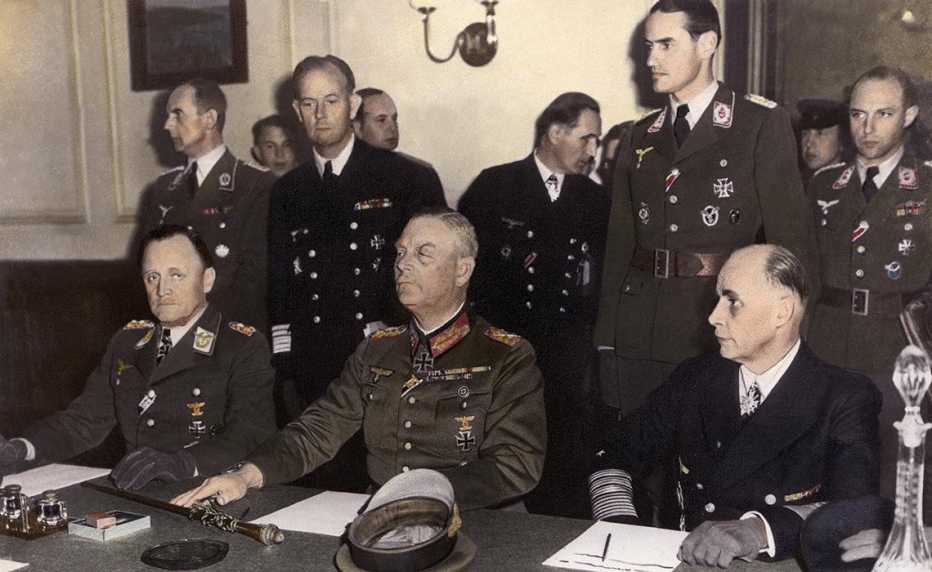
It was one of the most significant events of the 20th century. And it is thought that only one man in the U.S. is still alive who witnessed it: the moment the Germans formally surrendered in a small schoolhouse in Reims, France, early on May 7, 1945, marking the end, in Europe, of the most destructive conflict in human history.
Twenty-year-old Luciano “Louis” Graziano had been living in East Aurora, New York, when he was drafted in 1943. After landing on Omaha Beach and surviving the Battle of the Bulge, he became the utilities foreman with the 102nd Infantry Field Artillery Battalion, Special Headquarters Command. It was his job, in early May 1945, to keep buildings used by Supreme Allied Commander Dwight D. Eisenhower in good order. One such building was the famed Little Red Schoolhouse.

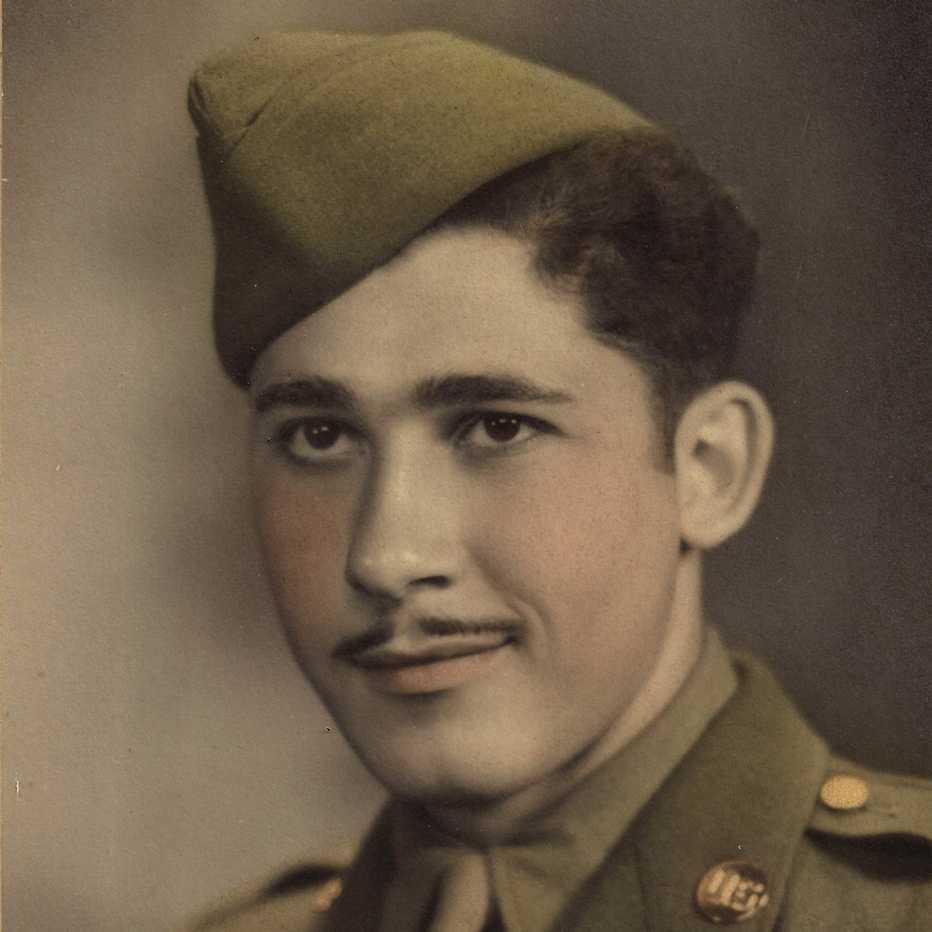
Graziano, now 97, says he can still clearly remember seeing German Gen. Alfred Jodl enter a crowded classroom in the three-story brick building in Reims. “The British, French, Russians, Americans had already signed. The Germans were the last to sign. [Jodl] wouldn't sign [the surrender] until the others had.” It was 2:41 a.m. when the steely-faced Jodl finally signed the formal surrender documents with a Parker 51 fountain pen.
Master Sgt. Graziano and other personnel then escorted Jodl along a corridor to a room where Eisenhower was waiting. Graziano watched Jodl walk into the room and “click his heels” and salute Ike, who had refused to ever shake the hands of a Nazi and wasn't about to start now. Jodl was soon dismissed. Later that morning, Eisenhower sent the historic message: “THE MISSION OF THIS ALLIED FORCE WAS FULFILLED …”
Given that Graziano was in Reims, heart of the Champagne region in France, it was only natural that, later that day, he celebrated with some Champagne. “Everyone was really relieved, having a good time … looking forward to going home.” V-E Day was all the more joyous and emotional given that he was also madly in love. Earlier that spring he had met Eula “Bobbie” Shaneyfelt, a Women's Army Corps sergeant. The couple got married in, of all places, Reims, in October 1945. They honeymooned in Paris and went on to have five children and many grandchildren. “She was a staff sergeant [when I met her],” Graziano remembers with a chuckle. “I was a master sergeant, so I pulled rank on her. But when we got home, she pulled rank on me.”
My fellow nurses died in a kamikaze attack

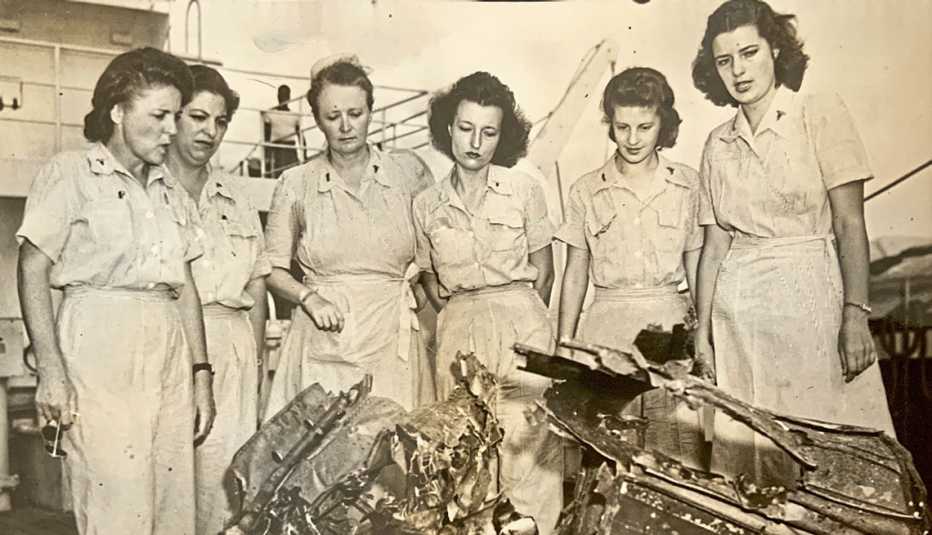
When Doris Howard, 100, saw scenes this spring of the hospital ship USNS Comfort arriving in New York Harbor, where it had gone to aid COVID-19 patients, it brought back memories from three-quarters of a century ago, when she was on the ship's namesake, the USS Comfort, in the perilous waters off Okinawa, Japan.





























































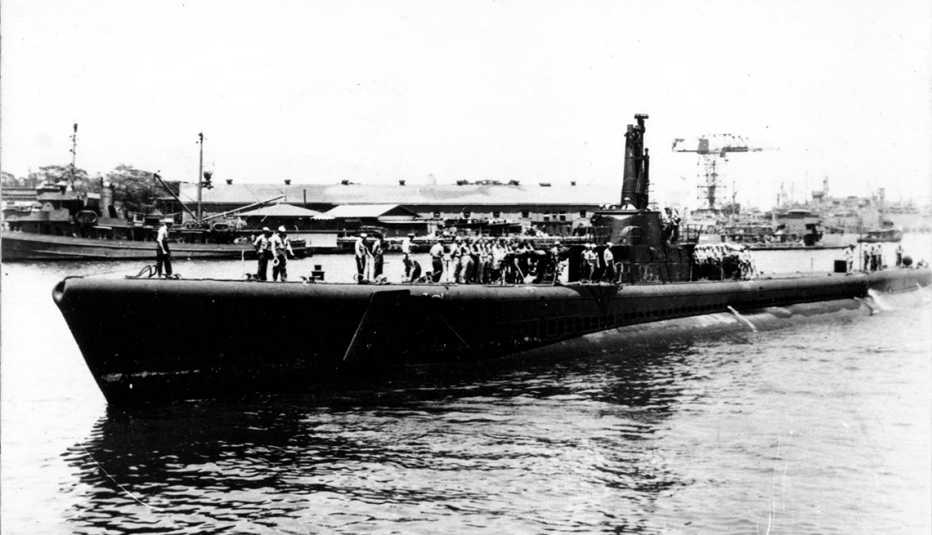






More on politics-society
Just How Tough Was World War II Rationing? Very
A look back on sacrifices Americans made in support of a common effortUnsung Hero of WWII Boosted Morale by Sorting Soldiers' Mail
Hilda Griggs, 99, is one of the last surviving members of the all-female 6888th postal unitRemembering Enloe
Two families, stretching across two countries and three generations, search for clues to a boy-man who died at 21 in a foreign lan